
The Clean Bond: Non-Toxic Adhesives and Sealants
Chosen theme: Non-Toxic Adhesives and Sealants. Welcome to a healthier way to build, repair, and create—where strong bonds meet clean air and peace of mind. Subscribe for practical tips, real stories, and science-backed guidance that make safer choices easy and inspiring.

Health and Home Safety First
Low-VOC, isocyanate-free formulas reduce headaches, asthma triggers, and lingering odors. Water-based and neutral-cure technologies keep indoor air cleaner, especially in small rooms. Tell us where air quality matters most to you, and subscribe for guidance tailored to your space.

Durability Without Harsh Solvents
Modern MS polymer sealants and advanced PVA glues deliver flexibility, strength, and water resistance without aggressive solvents. They hold up in kitchens, baths, and workshops alike. Share your toughest application in the comments, and we’ll help match the right safe solution.
Decoding Labels and Standards
VOC Numbers That Actually Mean Something
Look for very low grams-per-liter VOC values and compliance with SCAQMD Rule 1168. Fewer volatile compounds generally means less odor and cleaner air. Drop a question about your product’s data sheet below, and we’ll help interpret the numbers together.
Trustworthy Certifications to Watch
GREENGUARD Gold, EC1PLUS, and Blue Angel indicate rigorously low emissions. EN 71-3 signals toy-safety compliance, while FDA 175.105 guides indirect food contact in certain adhesives. Bookmark this list and subscribe for periodic updates as standards evolve.
Ingredients and Cures to Approach Carefully
Avoid formulations with added formaldehyde donors, toluene, or phthalates. Be mindful of isocyanates and MEKO in some cure systems. Neutral-alkoxy silicone and solvent-free options are safer bets. Share labels you’re unsure about, and we’ll help decode them.
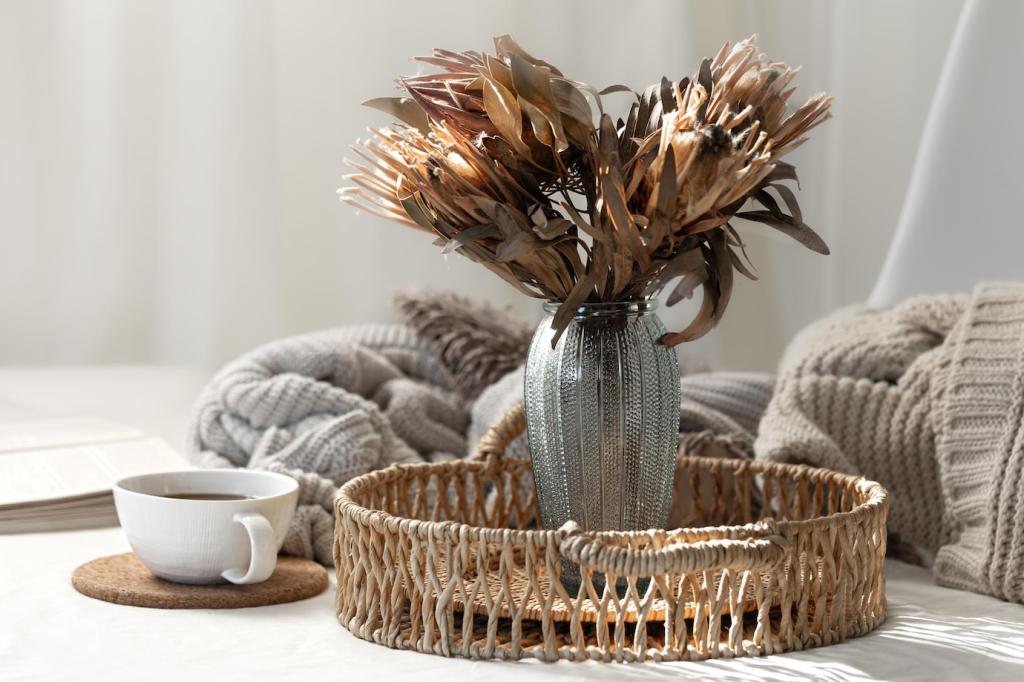
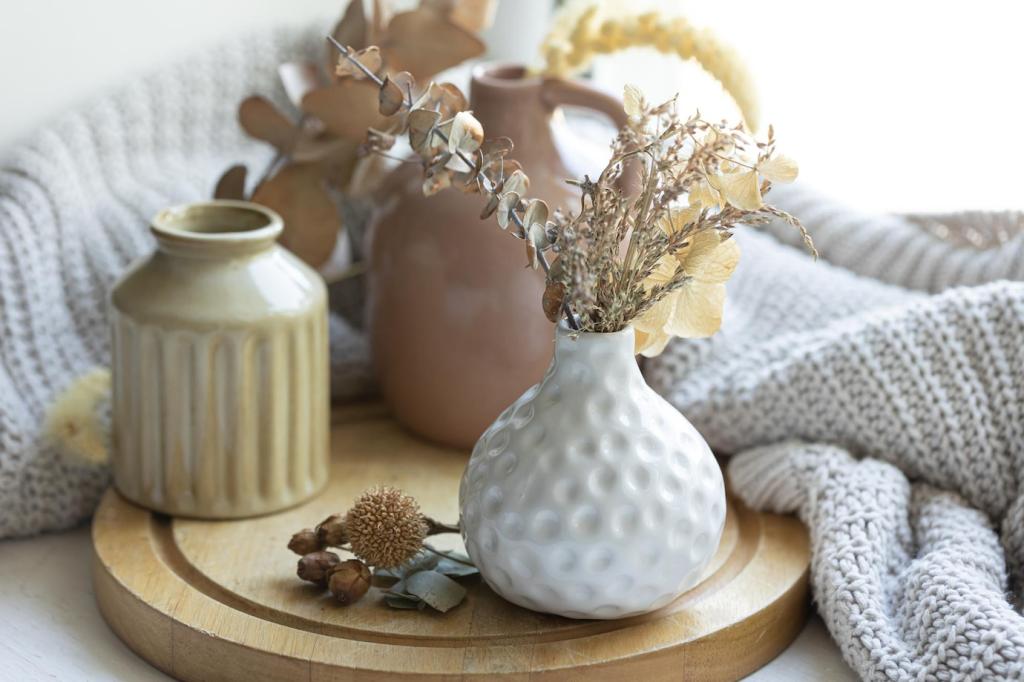
Picking the Right Product for the Job
Choose advanced water-based PVA glues for strong joints, low odor, and minimal creep. For outdoor pieces, look for higher water-resistance ratings. Tell us about your next project, and subscribe to get clamp-time charts and grain-direction tips delivered.
Picking the Right Product for the Job
Neutral-cure silicones and MS polymer sealants resist mold, stay flexible, and remain low-odor during application. They adhere to tile, glass, and composites reliably. Post your substrate combo, and we’ll recommend a non-toxic approach that sticks without fumes.
Surface Prep That Pays Off
Clean dust and oils with mild soap or isopropyl alcohol, lightly abrade glossy surfaces, and ensure everything is dry. A quick HEPA vacuum pass helps. Comment with your stubborn surfaces, and we’ll share prep tricks that keep fumes and frustration low.
Bead Control, Spread Rates, and Clamping
Use thin, continuous beads or even spread for full wetting; wipe squeeze-out promptly with a damp cloth. Clamp evenly and avoid over-tightening. Want a printable spread-rate guide for safer glues? Subscribe, and we’ll send a practical cheat sheet.
Curing Conditions and Patience
Most water-based adhesives prefer moderate humidity and 18–25°C. Sealants have skin-over times; full cure can take 24–48 hours. Ventilate gently without drafts. Share your timeline constraints, and we’ll suggest non-toxic options that cure within your window.
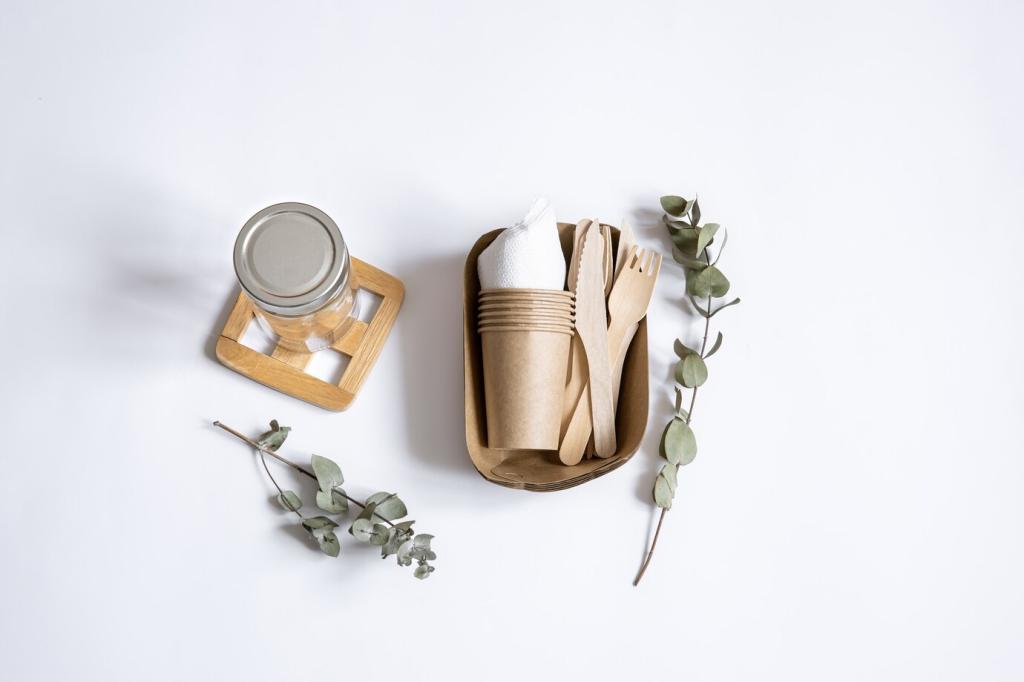

Performance Benchmarks Without Compromise
Quality PVAs deliver impressive shear strength, while MS polymer sealants offer high elongation and resilient Shore A hardness. The result is a quiet bond that survives real life. Subscribe to get our downloadable metrics checklist for safer product comparisons.
Performance Benchmarks Without Compromise
Look for ASTM C920 classifications for sealants and water-resistance ratings for glues used outdoors. UV-stable, solvent-free lines hold color and flexibility. Tell us your climate challenges, and we’ll help tailor durable, low-odor choices that last.
Stories and Case Studies From Our Community
A parent sealed a drafty sash with neutral-cure silicone and woke to a warm, odor-free room. No stinging eyes or late-night window fans. Share your own family-safe upgrade, and subscribe if you want more gentle, effective solutions delivered monthly.
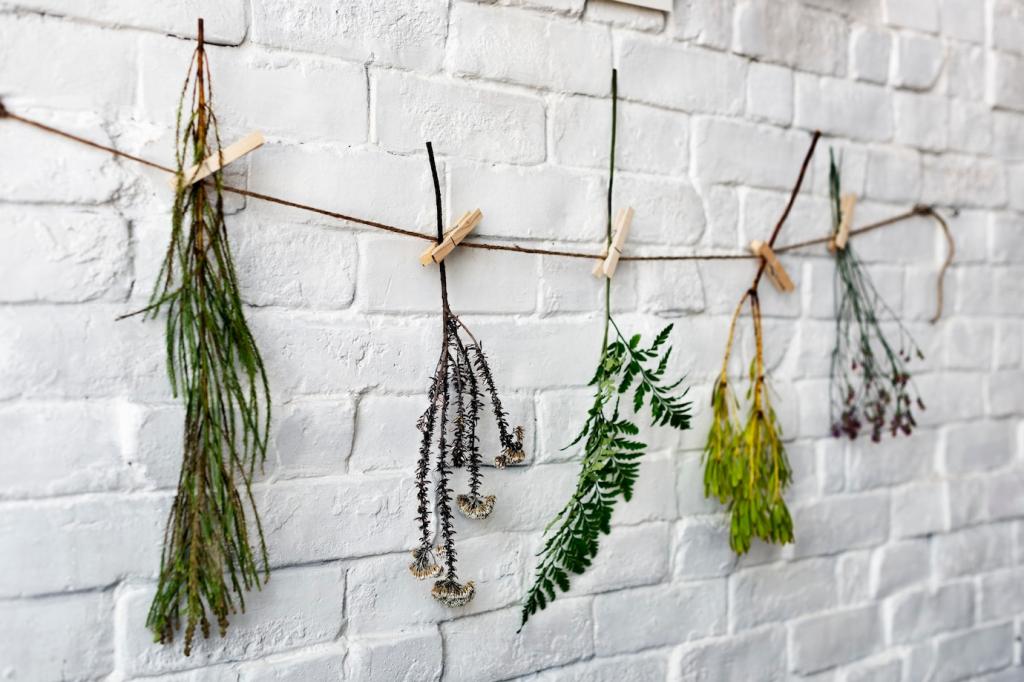
Sustainability and Cleanup the Smart Way
Water-based and solvent-free adhesives typically demand less ventilation and reduce flammable emissions. Recyclable cartridges and larger refill packs cut plastic waste. Share brands you’ve liked, and subscribe for our curated list of cleaner, resilient options.
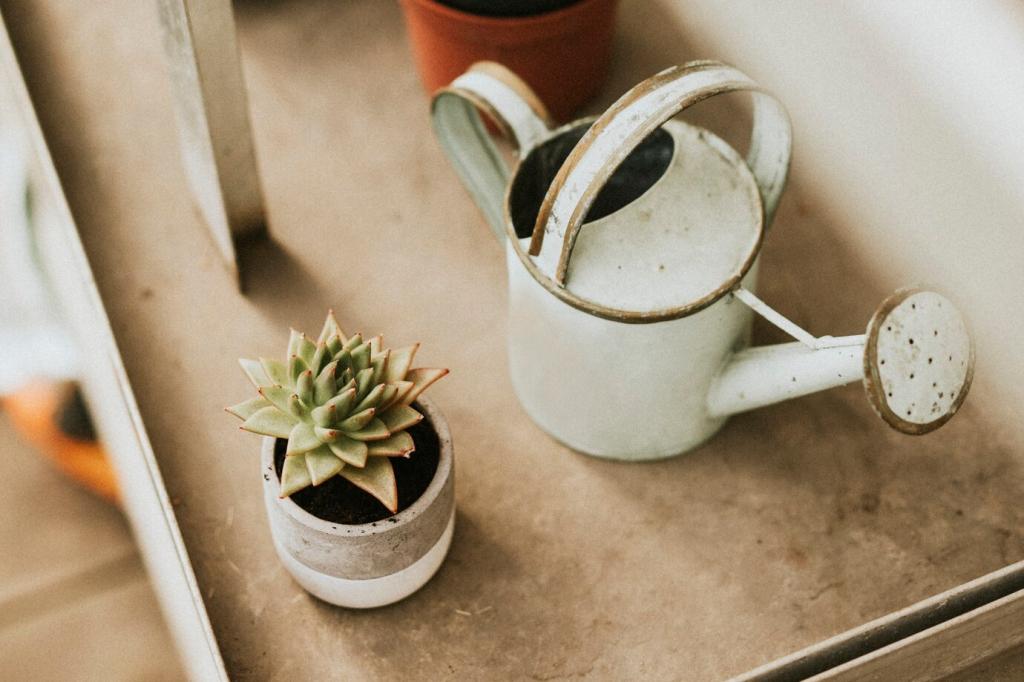
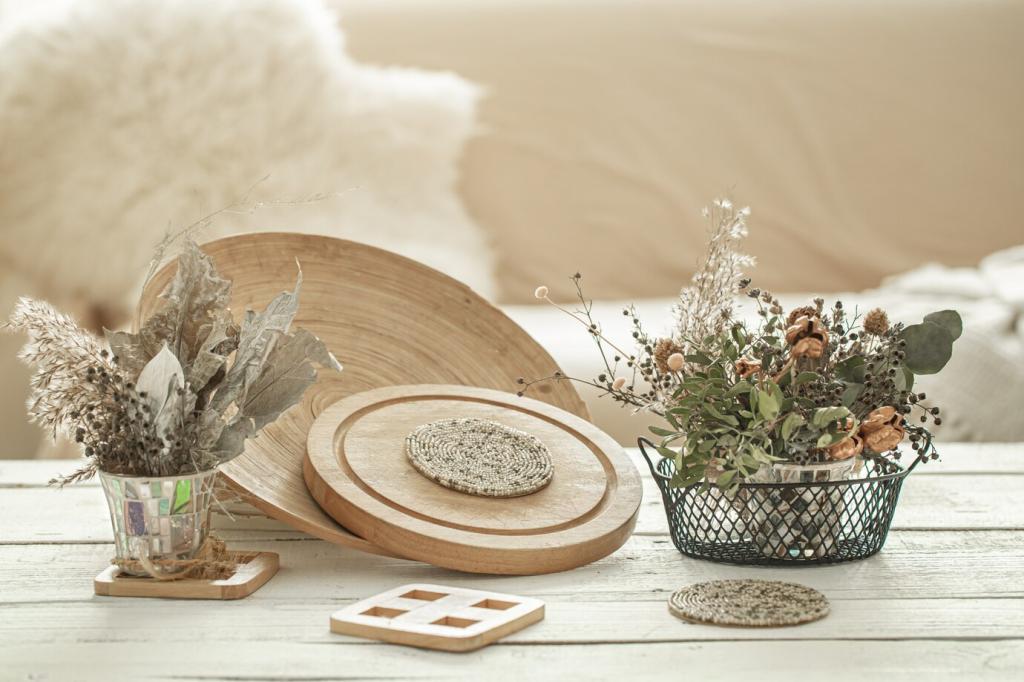
Sustainability and Cleanup the Smart Way
Before cure, many safer adhesives clean with soap and water; sealants can be tooled with mild, low-odor agents. Dispose of cured residues per local guidelines. Post your best cleanup trick, and we’ll include it in our next community roundup.
